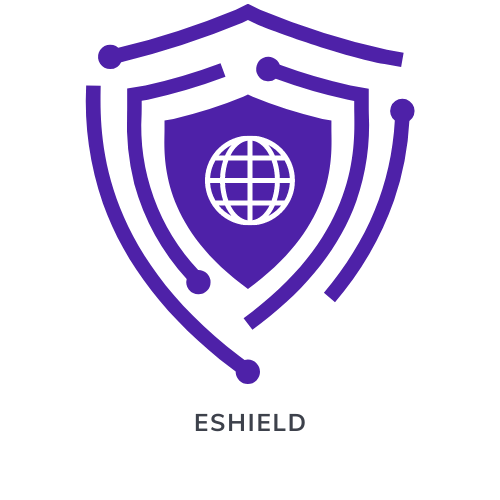LockBit 3 is a type of ransomware that is designed to encrypt files on a victim’s system and demand a ransom payment in exchange for the decryption key. It is part of the LockBit ransomware family, known for its sophistication and targeted attacks on organizations. Here is a detailed explanation of LockBit 3 ransomware and some suggested remediation steps:
- Infection Vector: LockBit 3 typically enters a system through various methods, including phishing emails, malicious attachments, exploit kits, or compromised remote desktop protocols (RDP). Once the initial infection occurs, the ransomware spreads laterally across the network to encrypt files on multiple systems.
- File Encryption: LockBit 3 uses strong encryption algorithms, such as AES or RSA, to encrypt files on the infected system and network shares. It targets a wide range of file types, including documents, images, databases, and archives. Encrypted files are usually appended with a unique extension.
- Ransom Note: After encrypting files, LockBit 3 leaves a ransom note on the affected system or network, typically in the form of a text file or HTML file. The note contains instructions on how to make a ransom payment to the attackers in exchange for the decryption key. It often includes threats of permanent data loss or publication if the ransom is not paid within a specified timeframe.
Remediation Steps:
- Isolate Infected Systems: Immediately isolate any infected systems from the network to prevent further spread of the ransomware. Disconnect affected devices from the network or disable network access until the situation is assessed and resolved.
- Preserve Evidence: Preserve any available evidence of the ransomware attack, such as ransom notes, encrypted files, and network logs. This evidence can be useful for forensic analysis and law enforcement investigations.
- Report the Incident: Contact law enforcement agencies and report the ransomware incident. Provide them with all relevant details and evidence to aid in their investigation.
- Determine the Extent of the Infection: Conduct a thorough investigation to identify the scope of the attack. Determine which systems are affected, which files are encrypted, and how the ransomware entered the network. This analysis helps in containment and remediation efforts.
- Restore from Backups: If you have regular backups of your critical data, restore the affected systems and files from a clean backup. Ensure that backups are stored securely and are not directly accessible from the compromised network.
- Patch and Update: Apply patches and updates to all software and operating systems in your organization. Many ransomware attacks exploit known vulnerabilities, so keeping systems up to date reduces the risk of future attacks.
- Enhance Security Measures: Strengthen your organization’s security measures by implementing multi-factor authentication (MFA), network segmentation, and robust access controls. This helps prevent unauthorized access and limits the lateral movement of ransomware.
- Employee Training: Educate employees about phishing attacks, suspicious email attachments, and safe online practices. Regular training and awareness programs can help employees identify potential threats and avoid falling victim to ransomware attacks.
- Deploy Endpoint Protection: Utilize reputable antivirus and anti-malware solutions that include ransomware detection and behavior-based analysis. These tools can help detect and block known ransomware variants and suspicious activities.
- Incident Response Plan: Develop and regularly test an incident response plan that outlines the steps to be taken in the event of a ransomware attack. This plan should include roles and responsibilities, communication protocols, and steps for mitigating the impact of the attack.
Prevention and preparedness are key to mitigating the risks associated with LockBit 3 ransomware and other similar threats. A combination of robust security measures, user education, and timely incident response can help organizations defend against ransomware attacks and minimize their impact.
Certainly! Here are some additional measures you can take to further protect your organization against LockBit 3 ransomware:
- Vulnerability Management: Implement a robust vulnerability management program to identify and patch security vulnerabilities in your systems and software. Regularly scan and assess your network for known vulnerabilities and apply patches and updates promptly.
- Network Segmentation: Divide your network into segments to limit the impact of a ransomware infection. By isolating critical systems and restricting lateral movement within the network, you can contain the spread of the ransomware and minimize the damage.
- Least Privilege Principle: Implement the principle of least privilege, ensuring that users and systems have only the minimum level of access necessary to perform their tasks. Restrict administrative privileges and implement strong password policies to minimize the chances of ransomware spreading.
- Email Security: Enhance email security measures to reduce the risk of phishing attacks, which are commonly used to deliver ransomware. Implement email filtering solutions that can detect and block suspicious emails, malicious attachments, and phishing attempts.
- Web Filtering: Utilize web filtering solutions to block access to known malicious websites and prevent users from inadvertently downloading malware or visiting compromised websites that could distribute ransomware.
- Security Awareness Training: Conduct regular security awareness training sessions to educate employees about the risks of ransomware and other cyber threats. Teach them how to recognize suspicious emails, avoid clicking on malicious links, and report potential security incidents.
- Incident Response Readiness: Develop and regularly test your organization’s incident response plan to ensure a swift and effective response to a ransomware attack. Define roles, responsibilities, communication channels, and recovery procedures in the event of an incident.
- Data Backup and Recovery: Implement a robust backup strategy that includes regular backups of critical data. Store backups offline or in a separate, secure location to prevent them from being encrypted or compromised during a ransomware attack. Test the backups periodically to ensure their integrity and usability.
- Security Monitoring and Detection: Deploy security monitoring tools and systems that can detect suspicious activities, network anomalies, and indicators of compromise. Implement intrusion detection and prevention systems (IDPS), security information and event management (SIEM) solutions, and endpoint detection and response (EDR) tools to enhance your threat detection capabilities.
- Engage with Cybersecurity Professionals: Consider partnering with external cybersecurity experts who can provide proactive threat hunting, incident response support, and ongoing security assessments to help detect and prevent ransomware attacks.
Remember, preventing ransomware attacks requires a layered approach to security, combining technology, user awareness, and proactive measures. Regularly assess and update your security measures to stay ahead of emerging threats like LockBit 3 ransomware.


